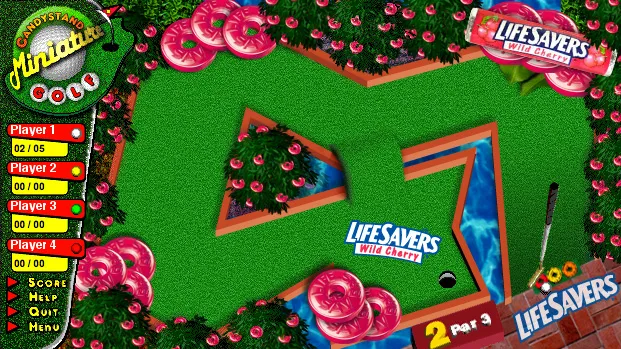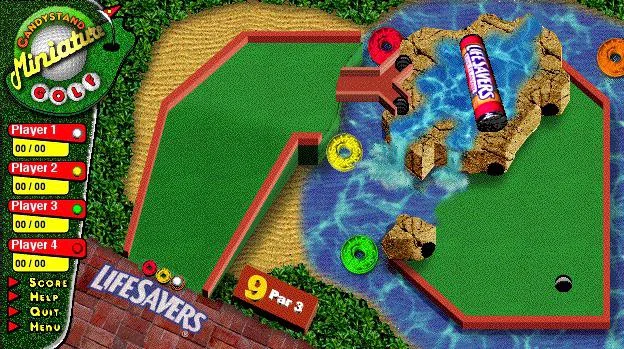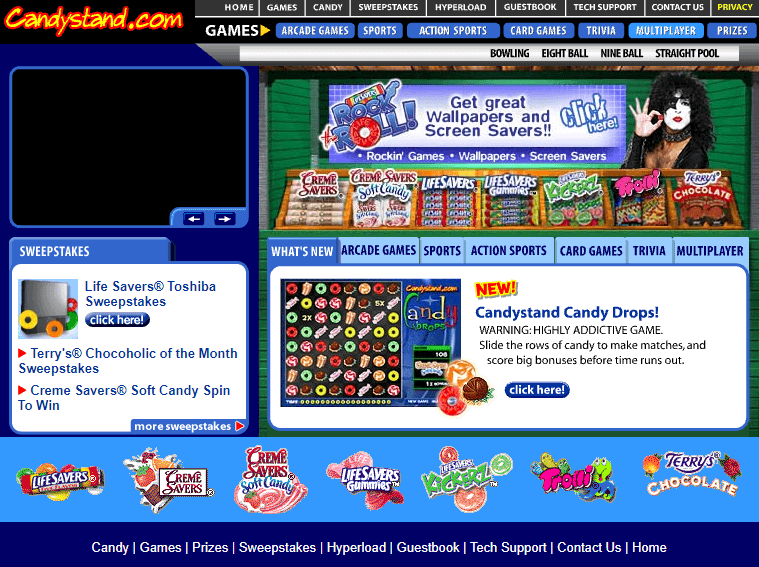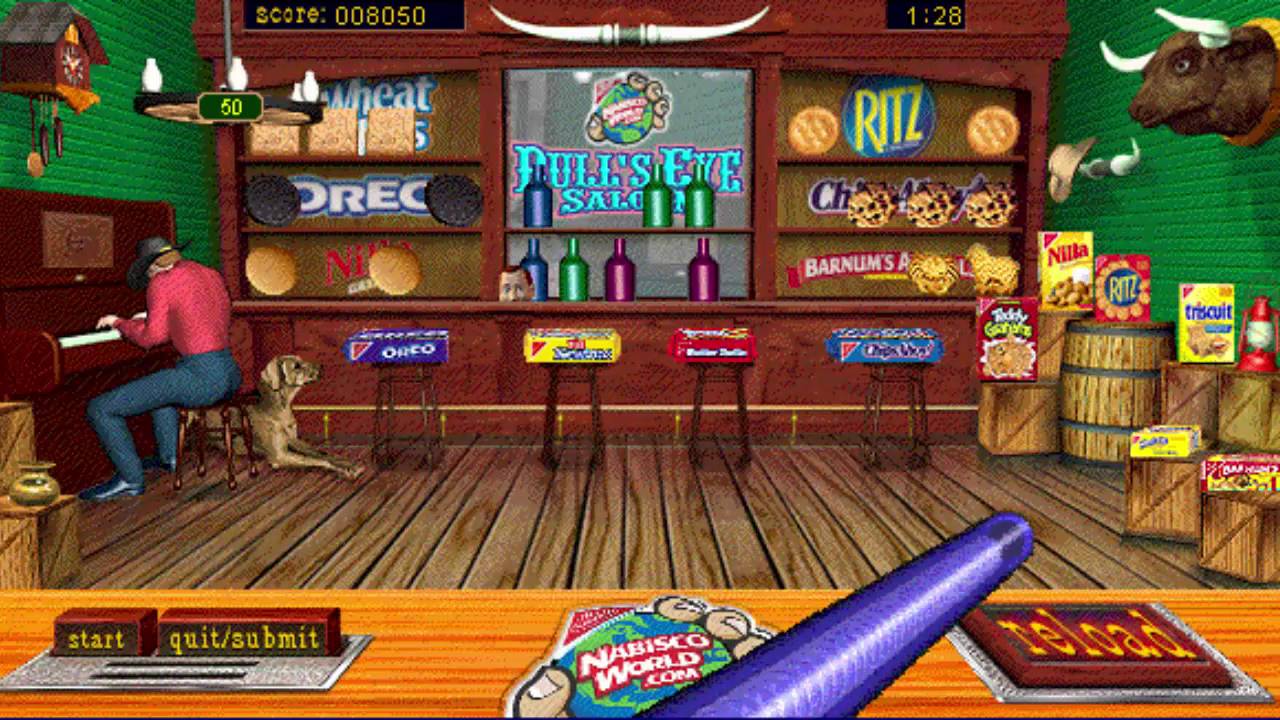Candystand: The Advergaming Case Study That Proves Branded Games Work
So, you're thinking about advergaming. Putting your brand inside a game. And in your head, you're probably thinking, "Is this just a cute distraction? Will it actually sell anything?"
Let me tell you a story about a website called Candystand.com.
Born in 1997, which in internet years is roughly around the time dinosaurs learned to code. It was a brilliant, almost mischievous idea from the Wm. Wrigley Jr. Company. Instead of just putting ads next to games, they built an entire online arcade made of their products.
We're talking virtual air-hockey, mini-golf, and bowling, all drenched in the colorful, irresistible vibe of candy. This wasn't just a website; it was a sponsored platform. A Willy Wonka factory for the dial-up generation.


And the data? It was sweeter than the candy they were selling.
At its peak, Candystand pulled in a massive 11 million monthly users. Let me say that again. Eleven million people, every month, voluntarily showing up to play. They weren't tricked. They weren't forced. They just came for the fun.
The core strategy was so simple it was genius: the games were the advertising. There were no banner ads to ignore. By playing, you were immersing yourself in their branded world, creating positive, happy associations with every click.
They used simple, fun games to make brands feel fun and engaging, not intrusive. It was branding genius.
And the business result? The platform was so successful, it was acquired multiple times, eventually snapped up by the sweepstakes giant Publishers Clearing House specifically to attract a younger audience. That's not just a win; that's a legacy.
The Candystand Proof: Key Metrics & Impact
| Key Metric | Impact & Results |
|---|---|
| User Traffic | A massive 11 million monthly users at its peak, all voluntarily showing up to play. |
| Core Strategy | Entirely advergame-based; the games were the advertising, creating positive brand associations. |
| Branding Genius | Used simple, fun games to make brands feel fun and engaging, not intrusive. |
| Business Result | So successful, it was acquired multiple times, eventually by the sweepstakes giant Publishers Clearing House to attract a younger audience. |

The Psychology Behind the Success
So, let's break down the "why." This worked because of a few psychological power-ups.
1. Fun-First Branding
They didn't just slap a logo on a boring game. The experience was genuinely fun, making you love the brand by association. When you're having fun playing virtual air-hockey with candy-themed paddles, you're not thinking "this is an ad"—you're thinking "this is awesome!"
2. The 'Time-Killer' Position
Each game took 2-5 minutes. It was the perfect distraction, weaving the brand into the fabric of your daily life without ever feeling like a chore. Whether you were waiting for class to start or taking a quick break at work, Candystand was there—not as an interruption, but as a welcome escape.
3. Effortless Exposure
You didn't feel advertised to. You were just having fun in their world. Your brain did the rest, building positive memories directly linked to their products. This is the holy grail of marketing: creating brand affinity without the hard sell.

Why This Matters for Your Business Today
The bottom line? Candystand wasn't an ad you skipped. It was a destination you bookmarked. It proved that if you stop interrupting what people are interested in and become what they're interested in, you don't just get clicks... you get a community. You get loyalty. You get results.
They turned a simple concept into a customer engagement machine that drove millions of visits and built brand loyalty that lasted for years.
The Modern Application
While dial-up internet is long gone, the principles remain the same:
- Mobile-First Games: Today's equivalent of 2-5 minute time-killers
- Social Integration: Built-in sharing and competition features
- Data Collection: Understanding user behavior to improve experiences
- Cross-Platform Play: Seamless experiences across devices
What Candystand Teaches Us About Modern Marketing
- Quality Over Quantity: One great branded game is worth a thousand banner ads
- Emotional Connection: Fun creates positive brand associations that last
- Voluntary Engagement: People choose to engage with games, making the interaction more valuable
- Brand Integration: The brand should enhance the experience, not interrupt it
Your Turn to Play
So, the data's in. The case is closed. The question isn't whether advergaming works.
The question is, what's your game?
Are you ready to create experiences that people actually want to engage with? To build brand loyalty through fun rather than interruption? To turn your marketing from something people tolerate into something they love?
At NakNick, we specialize in creating branded games that follow the Candystand playbook—engaging, memorable, and effective. Let's build your brand's next great adventure.
Ready to level up your marketing strategy? Let's create a game that will make your audience as excited to engage with your brand as millions were to play on Candystand.
